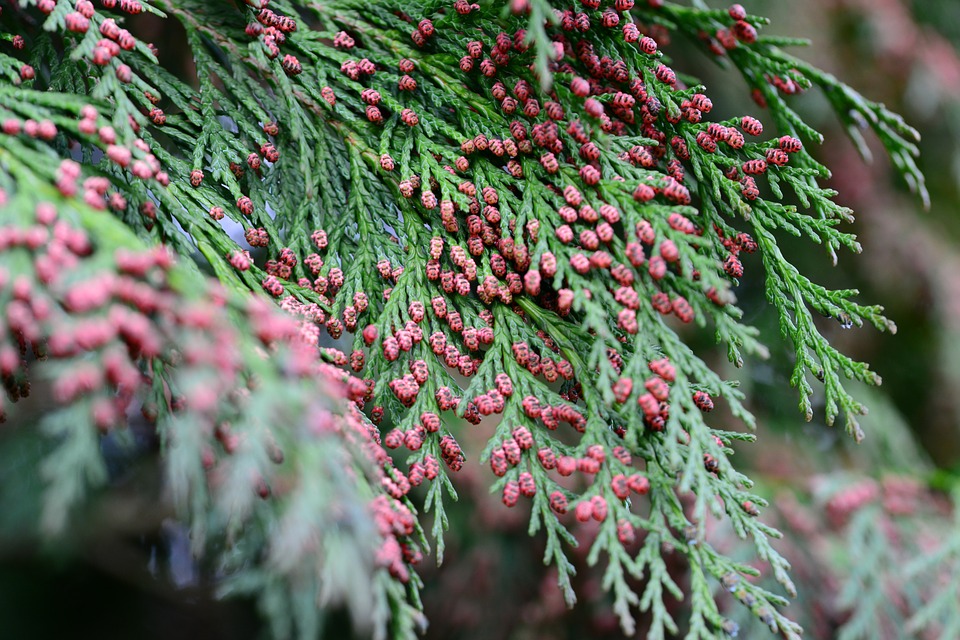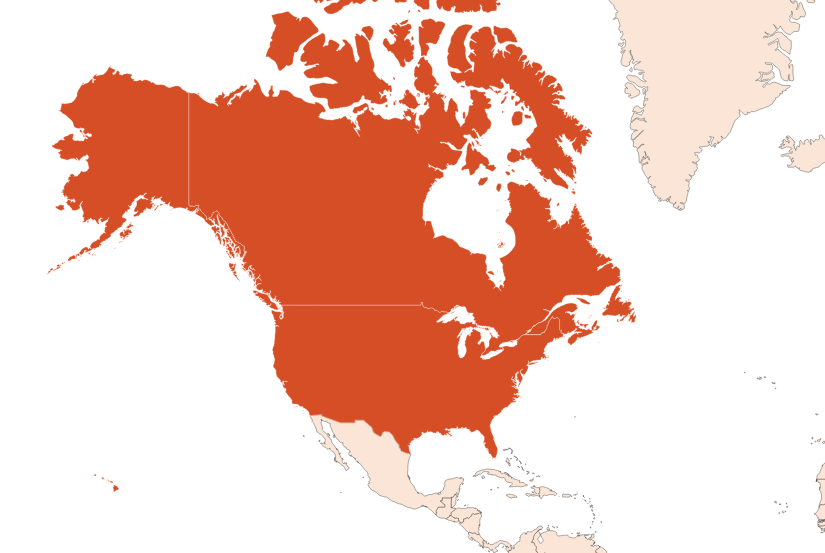
| Company | Ingredient Name | ID | Comments | Naturality | Certifications | Purity | Latin name | Treated part | Geographical origin | MOQ |
|---|---|---|---|---|---|---|---|---|---|---|
|
|
FIR BALSAM Absolute | M_0056768 |
Visit website
|
Naturel | - | - | - | - | - | |
|
|
FIR BALSAM Absolute | M_0051777 |
Visit website
|
Naturel | - | - | - | - | - | |
|
|
FIR BALSAM Absolute (decolourised on carrier - IPM) | M_0056768 |
Visit website
|
Naturel | - | - | - | - | - | |
|
|
FIR BALSAM | F1418 |
Visit website
|
Absolue | - | Abies balsamea (L.) Mill. | Aiguille | Canada, Etats-Unis | - | |
|
|
FIR BALSAM | F1423 |
Visit website
|
Résinoide |

|
- | Abies balsamea (L.) Mill. | Aiguille | Canada, Etats-Unis | - |
|
|
SAPIN BAUMIER | B847 |
Visit website
|
Huile essentielle |

|
- | Abies balsamea (L.) Miller | Aiguille | Canada | - |
General Presentation
-
CAS N° : 8024-15-5
-
EINECS number : 282-362-2
-
FEMA number : Donnée indisponible.
-
Appearance : Dark green paste
-
Density :
-
Volatility : Base
-
Price Range : €€€€
Physico-chemical properties
-
Optical rotation : Donnée indisponible
-
Vapor pressure : Donnée indisponible
-
Refractive Index @20°C : Donnée indisponible
-
Acid Value :
-
Flash Point :
Uses
Uses in perfumery :
Used in perfumes for men, in chypre, oriental and fougere perfumes, for a contribution of warmth, roundness and hold.
Major Components :
- Beta-Pinene (20-45%)
- Alpha-Pinene (5-10%)
- Camphene (4-11%)
- Delta-3-Carene (7-35%)
- D-Limonene (3-20%)
- Bornyl Acetate (3-23%)

Photo credits: ScenTree SAS
Botanical name :
Abies balsamea (L.) Mill.
Synonyms : Pinus balsamea L. // Peuce balsamea (L.) Rich.
Botanical profile :
The Siberian pine is a tree of the Pinaceae family and the genus Abies.
Chemotypes :
The genus Abies refers to the firs. The term balsamea means ''balsam ''. Nevertheless, there are other species of fir on earth:
White fir (Abies alba) of the mountains of Europe.
Nordmann fir (Abies nordmanniana) of Caucasus and used as Christmas tree.
The dense fir (Abies spectabilis) of Himalayas.
Siberian pine EO (Abies siberica).
Manchurian and Korean fir (Abies nephrolepis).
Giant fir of Vancouver, in Canada (Abies grandis).
Fir of northern Japan (Abies mayriana).
Extraction process :
The balsam fir can grow up to 20 meters in height and its trunk diameter is about 60 centimetres. This tree lives up to 150 years. The fragrant principle of the tree is contained in the twigs with its needles arranged one by one with a cone shape.
In autumn, the balsam fir twigs are cut by hand and taken to the factory where they are weighed and extracted fresh with hexane. For the extraction, twigs are placed on grids inside of a tank and hexane is added next. To obtain the concrete, the branches are removed from the tank and the solvent is evaporated for recycling. This concrete is diluted in alcohol to precipitate the waxes by glazing (temperature gradient from 140 °F to 32 °F). The absolute is obtained after the filtration and evaporation of the alcohol.
Sometimes, the Fir Basalm absolute can be distilled to be bleached, without a great olfactory impact.
Other comments :
Fir balsam is equivalent to a balsam fir absolute.
The balm of this tree can be used for optics or pharmacy, under the name ''Balsam Canada ''.
The difference between a fir and a pine lies in the arrangement of their spines. The spines on the fir tree are attached one by one to the twigs, while spines on the pine are grouped.
Stability :
Solubility issues in perfumes
The terpenes identified in this raw material can polymerize when they are oxidized
Regulations & IFRA
Allergens :
IFRA 51th :
This ingredient is restricted by the 51th amendment
Annexe I :
Some regulated synthetic ingredients are found in nature and in certain proportions in natural ingredients. This presence in nature has to be taken into account when calculating limits of use recommended by the IFRA. In case you do not know these concentrations, you can use the ones estimated by the IFRA. Here they are :
| List of regulated compounds contained in this ingredient | ||
|---|---|---|
| Regulated ingredient name | CAS N° | Estimated Concentration |
| Estragole | 140-67-0 | 0,04 |
| Longifolene | 475-20-7 | 0,22 |


